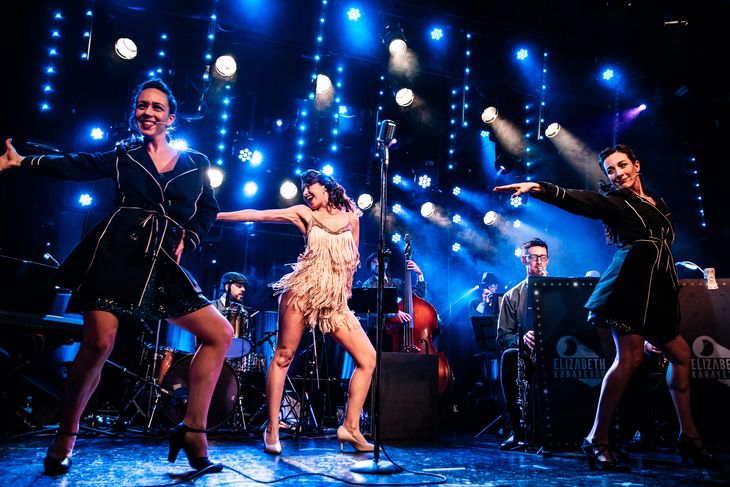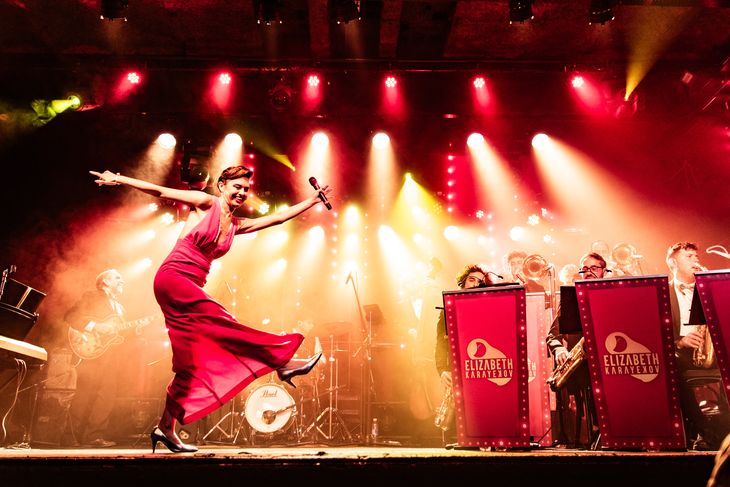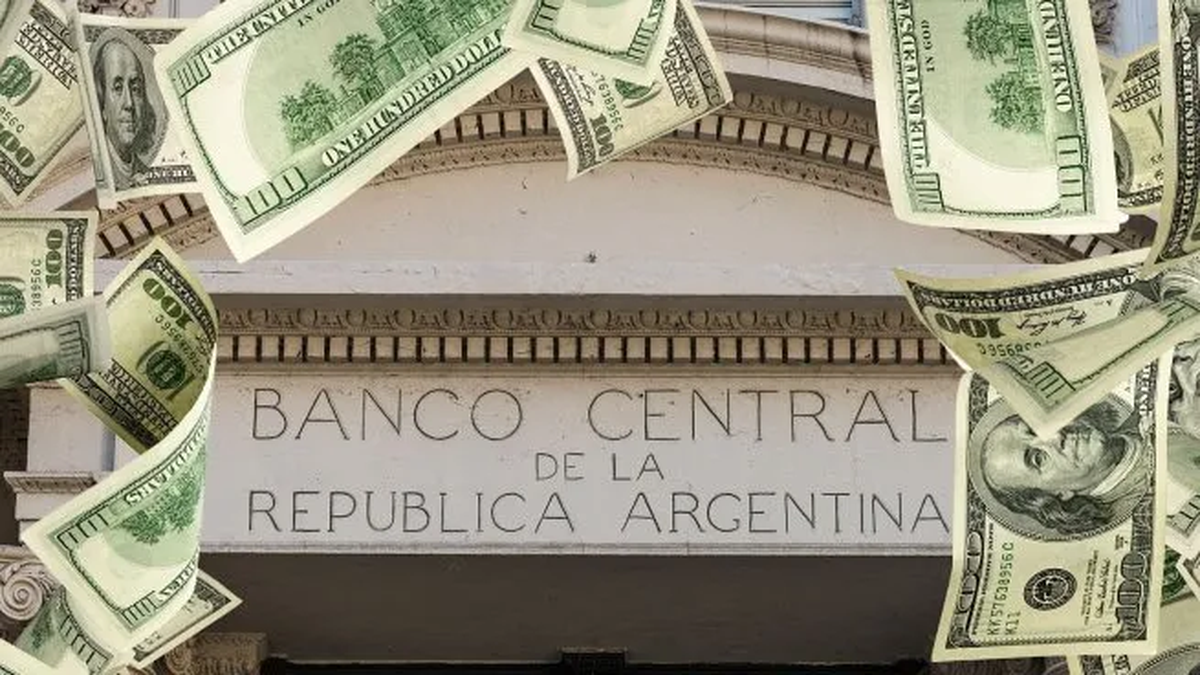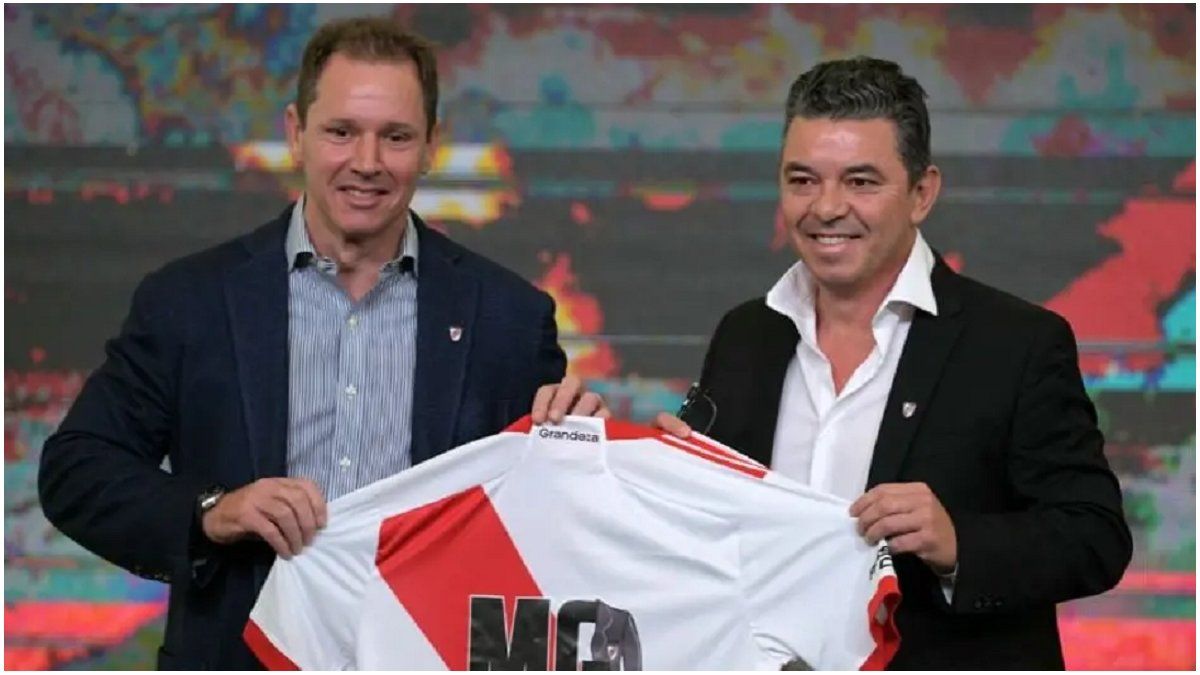“If there is something that unites artists and scientists, it is perseverance. We are hit sectors at certain times like the current one, there are stages where it is difficult to continue, but after going through it we are going to rebuild because we cannot help but have this drive to do”, says Elizabeth Karayekov, biologist from CONICET and artist in whom art and science beat. The singer presents “The power of swing”, on Friday at 8:30 p.m. in La trastienda, accompanied by a Big Band made up of 14 members.
It is a musical journey where the audience will be transported to the 1950s while following a selection of pop and rock classics ranging from U2, Whitney Houston, Sandro and Charly García, performed in a swing key. It has musical direction by Ernesto Salgueirochoreography Veronica Peccolo and staging of Juan Parodi. We talk with Karayekov,.
Journalist: How do the biologist and the artist coexist in you? Are science and art two sides of the same coin?
Elizabeth Karayekov: That coexistence changed over time. When I began to have a professional development in music, I interpreted these two aspects as separate, and I always kept each one confined to their times, schedules, and spaces. To feel that I fulfilled both required planning to be able to contemplate and foresee that one would not get in the way of the other. In my head I thought they were two separate activities but now I understand that they began to unify, suddenly they are no longer separate. These two professions and passions are part of me as a unit, they cannot be isolated, I can no longer separate one or the other, the biologist and the singer go everywhere together.
Q: The golden ’50s of swing, how can you describe them?
EK: We make this style of music that begins in the ’20s, with its greatest peak in the ’30s and has a lot to do with the instrumental formation we use, swing. It is dance music from that time and had this innovation of increasing the number of instrumentalists that formed the bands, giving rise to big bands. We play not only with the musical style of these orchestras but we seek to bring together the aesthetics, the visual imagery of those orchestras and the situation in which they existed. I didn’t see them but we have that image of the ballrooms, the dance halls with these orchestras. This music was synonymous with joy, rejoicing, letting go, and everything that entails. It is a celebration and we propose that with our show, with a festive atmosphere. I was also always attracted to the fashion of the time and we put that in the wardrobe. We try to fuse what is of the time with our own characteristic, it is not classic but has a nod to that time.
DSC_0576.jpg
Q: How is the mix of that style with rock and pop?
EK: Mixing that style with a genre other than jazz is the key to making it part of our repertoire. It is a delicate work that begins with my personal selection, thinking about the lyrics and connecting me with the message. We make songs from beloved and well-known artists. There is work with the arrangers to transform these genres into jazz. The motto is clear, the transformation does not have to overwhelm the original song. It has to be recognizable by the public, that is where the game makes sense, when they identify what song we are offering them. There are songs that have not been allowed to be adapted.
Q.: Why Whitney, Sandro, U2 or Charly?
EK: We want the songs and artists to have an emotional connection with the public. We think about that audience that comes to see us and what marked them. Our audience is very diverse, there are many who come for the Big Band and jazz, and others come for the songs and artists. All those artists meant a lot, Whitney for pop, Sandro at the national level, U2 in rock or Charly in national rock.
Q.: There is also dance and theater, how is it displayed on stage?
EK: The focus is on the vocal aspect but in the game with the trip to another era, the interpretative aspect of transmitting the message of the song to the public arises. It was always important to overcome the language barrier, and I found it in the theatrical and gestural. We have a setting by Juan Parodi and a script that we follow. Dancing started as a personal challenge, I am a frustrated dancer and I wanted to dance. I trained swing a lot and this year we have choreography by Vero Péccolo. Two dancers also accompany me.
DSC_2680.jpg

Q: How do you see science and culture in the country today?
EK: This time that we have to go through is going to have negative consequences and consequences. It is important that scientists be able to communicate to society what our work is. Sometimes it is difficult to explain and we believe that they will not understand it and that is why more and more people come out of the laboratory and tell it. When you understand what you are doing you understand the importance. We not only have to do our job well but also communicate it so people will know and defend what we do. From the vagaries of the public policies of the different governments, the one who can defend us is society. Science and culture are part of the national identity and necessary for the development and well-being of the population.
Source: Ambito
I am an author and journalist who has worked in the entertainment industry for over a decade. I currently work as a news editor at a major news website, and my focus is on covering the latest trends in entertainment. I also write occasional pieces for other outlets, and have authored two books about the entertainment industry.




